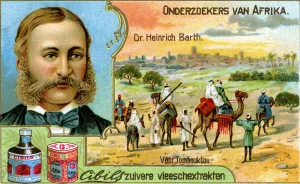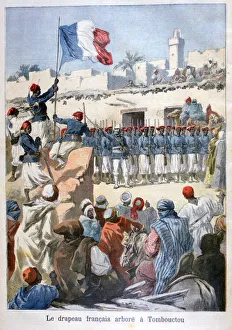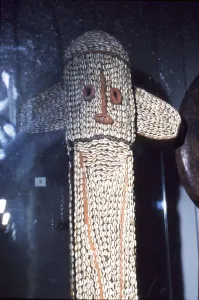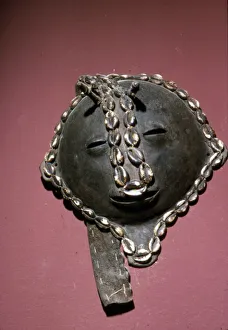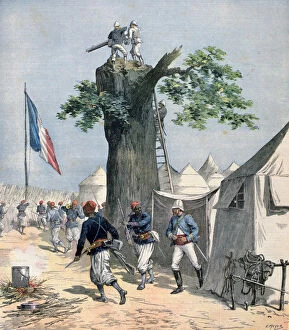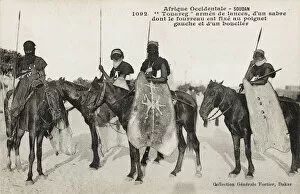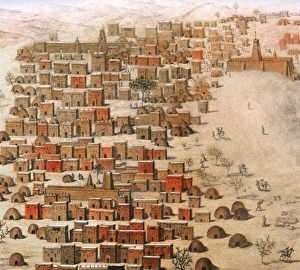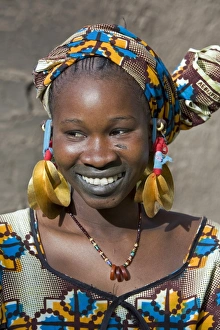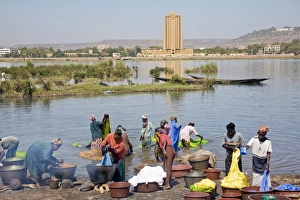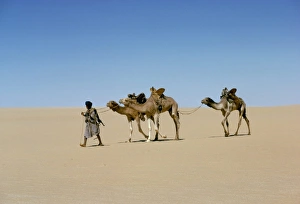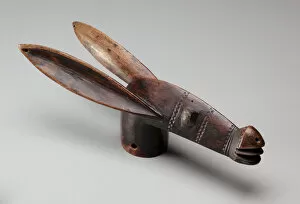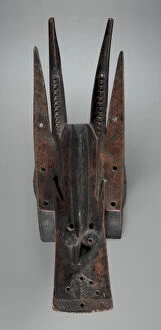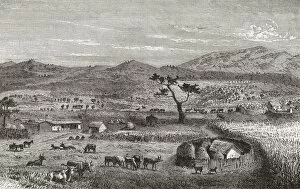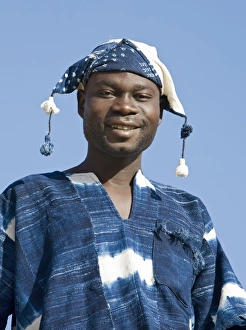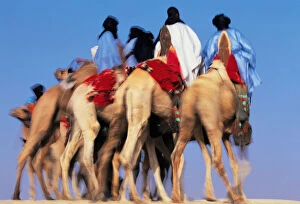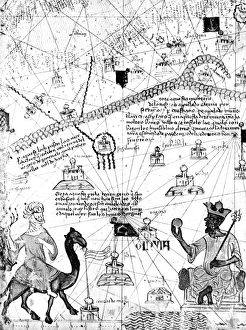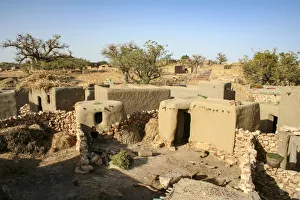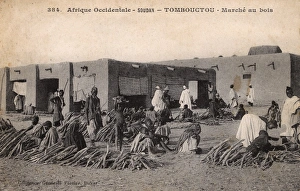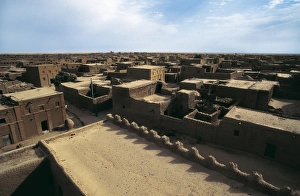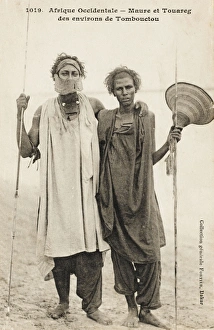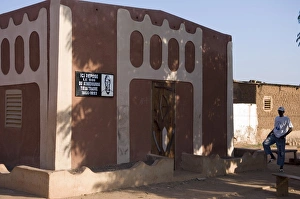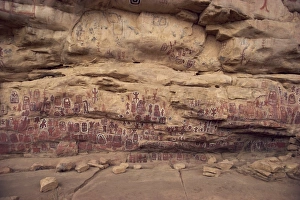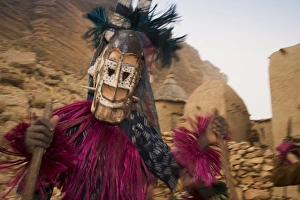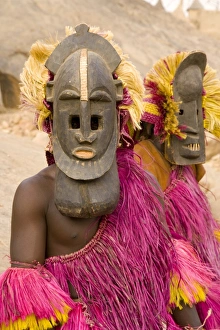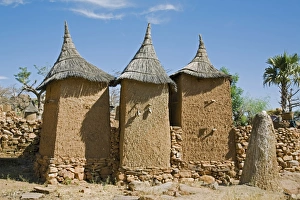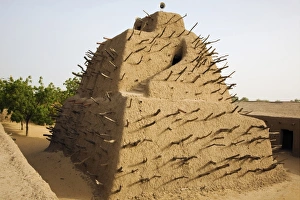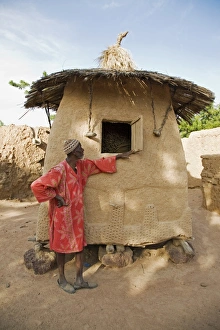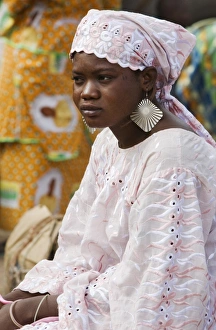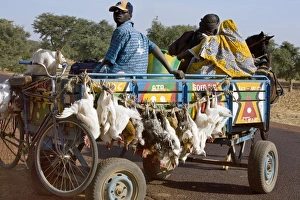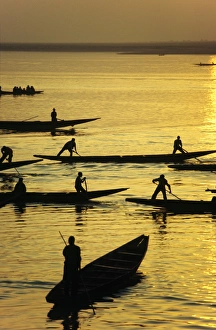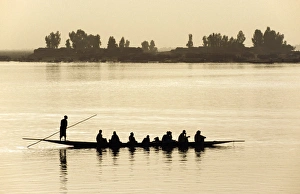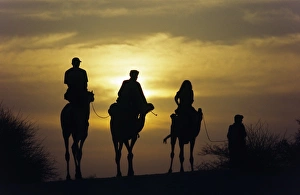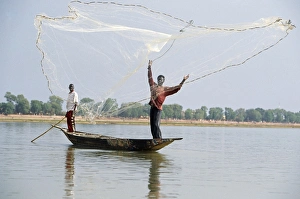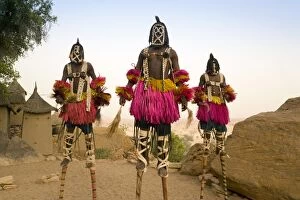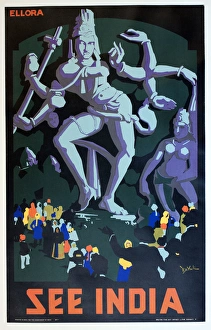Mali Collection (page 5)
"Mali: A Tapestry of Culture and Tradition in West Africa" Embark on a journey through the vibrant land of Mali
All Professionally Made to Order for Quick Shipping
"Mali: A Tapestry of Culture and Tradition in West Africa" Embark on a journey through the vibrant land of Mali, as we explore its rich cultural heritage and breathtaking landscapes. Located in West Africa, a country that captivates with its diversity and historical significance. Starting with an Africa Political Map, one can trace the contours of this enchanting nation. In the Sanga region lies a mud village belonging to the Dogon people. Here, ancient traditions come alive as monkey skulls are embedded in mud walls to ward off evil spirits - a testament to their spiritual beliefs. Venturing further into Mali, we arrive at Timbuktu - a city steeped in history and myth. Young women adorned with colorful garments catch our attention, showcasing their pride for their hometown. Two women from Timbuktu exude grace and elegance, reflecting the resilience of Malian women. Intriguing encounters continue as we meet a girl from Mali bedecked with wonderful beads and an elaborate headdress - her beauty echoing the artistic flair found throughout this land. Meanwhile, a young Tuareg man wearing a headscarf puffs on his small pipe amidst the sandy dunes of Timbuktu; his presence embodies both tradition and modernity. As we journey towards Timbuktu's sacred rock paintings in Songo, we witness captivating depictions of Dogon customs and stories etched onto cliffs - reminding us of Mali's deep-rooted connection to its ancestral past. Celebrations abound too. Sikasso comes alive during festivities where Bobo masks take center stage. These intricately crafted masks symbolize unity among communities while honoring age-old rituals passed down through generations. Finally, our exploration concludes with a hand-painted sign displaying how long it would take to reach Timbuktu: 52 days. This reminder highlights not only the remoteness but also the allure that surrounds this mythical city.


